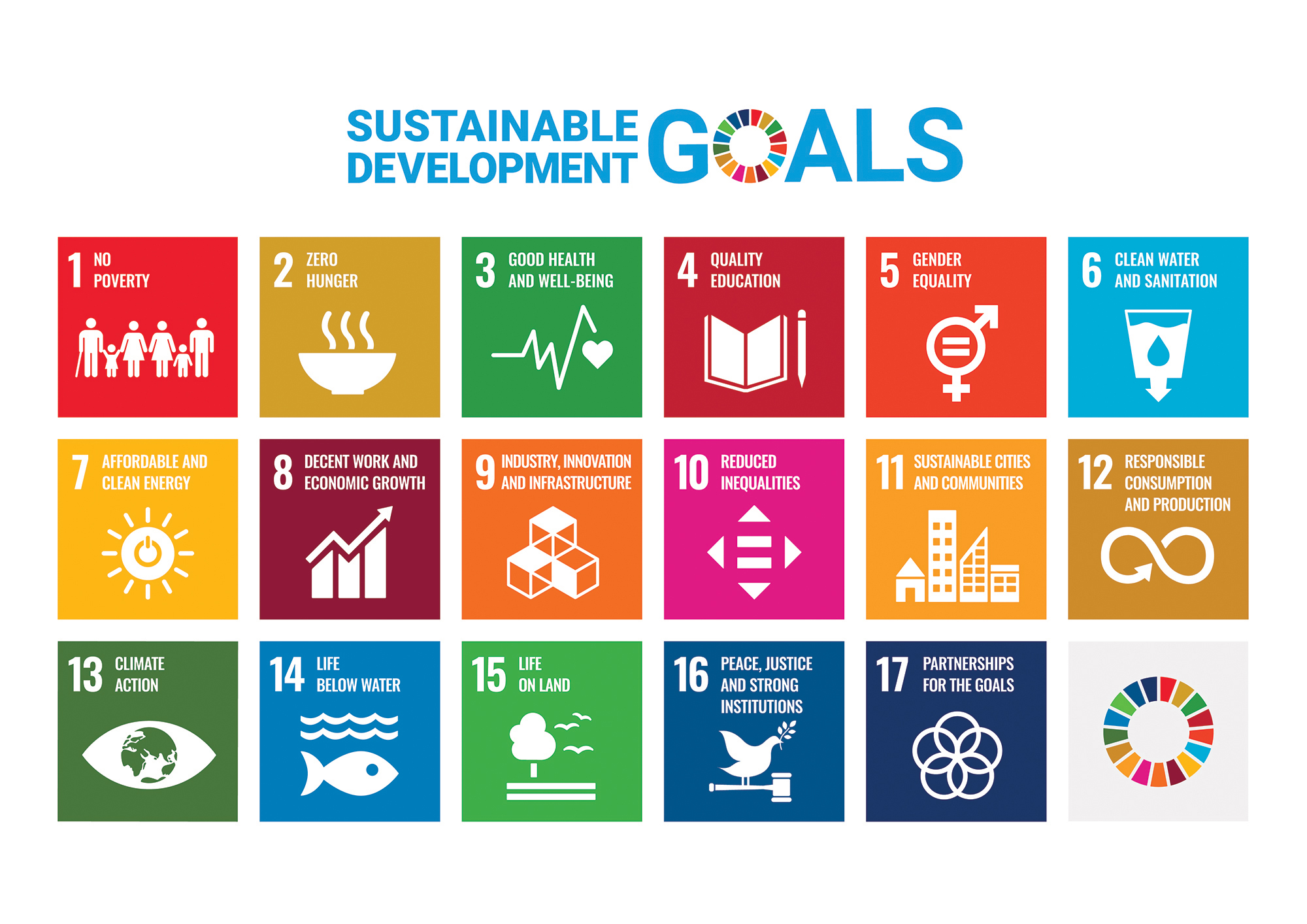Sustainable development is a holistic approach to growth that balances economic, social, and environmental considerations to meet the needs of the present without compromising the ability of future generations to meet their own needs. It emerged as a response to the challenges posed by unchecked industrialization and population growth, aiming to create a harmonious and lasting equilibrium between human development and the natural world.
Definition of Sustainable Development
Sustainable development is often defined as development that meets the needs of the present without compromising the ability of future generations to meet their own needs. This definition, coined in the landmark Brundtland Report in 1987, emphasizes the interdependence of economic, social, and environmental aspects in fostering long-term well-being.
The Sustainable Development Goals
The Sustainable Development Goals (SDGs) are a collection of 17 interlinked objectives designed to serve as a “shared blueprint for peace and prosperity for people and the planet, now and into the future.” Adopted by all United Nations Member States in 2015, the SDGs are a call to action to address the global challenges we face, including poverty, inequality, climate change, environmental degradation, peace and justice.
Take Action for the Sustainable Development Goals
- Environmental Conservation: Sustainable development seeks to protect and conserve the environment by promoting responsible resource use, reducing pollution, and preserving biodiversity. This objective aims to ensure that ecosystems remain resilient and capable of supporting life.
- Social Equity and Inclusion: Addressing social inequalities is a core objective of sustainable development. It strives to create inclusive societies where all individuals have access to education, healthcare, and opportunities for economic advancement, regardless of their background or socio-economic status.
- Economic Prosperity: Sustainable development recognizes the importance of economic growth but insists on a model that promotes shared prosperity and does not compromise the well-being of future generations. It encourages responsible business practices, fair trade, and the efficient use of resources.
- Climate Action: Given the growing concerns about climate change, sustainable development places a strong emphasis on mitigating and adapting to the impacts of climate change. This involves transitioning to renewable energy sources, reducing greenhouse gas emissions, and building resilience to climate-related challenges.
- Responsible Consumption and Production: Encouraging sustainable patterns of consumption and production is a key objective. This involves minimizing waste, promoting recycling, and adopting eco-friendly practices to ensure that resources are used efficiently and responsibly.
- Community Empowerment: Sustainable development emphasizes empowering local communities to actively participate in decision-making processes that affect them. This ensures that development initiatives are culturally sensitive, address local needs, and promote self-reliance.
- Preservation of Cultural Heritage: Cultural diversity is considered an integral part of sustainable development. Efforts are made to preserve and celebrate cultural heritage, recognizing its importance in fostering a sense of identity and contributing to the richness of global diversity.
Examples of Sustainable Development Initiatives:
- Wind Energy: Harnessing wind power for electricity generation is a sustainable development initiative that reduces reliance on non-renewable energy sources.
- Solar Energy: The use of solar panels to capture sunlight and convert it into electricity is an environmentally friendly and sustainable energy solution.
- Crop Rotation: Agricultural practices that involve rotating crops help maintain soil fertility, prevent erosion, and reduce the need for chemical fertilizers.
- Sustainable Construction: Building structures with eco-friendly materials and energy-efficient designs contributes to sustainable development in the construction industry.
- Efficient Water Fixtures: Installing water-efficient fixtures and promoting responsible water usage helps conserve this precious resource.
- Green Space: Preserving and creating green spaces in urban areas contributes to biodiversity, improves air quality, and enhances the overall well-being of communities.
- Sustainable Forestry: Adopting sustainable forestry practices, such as selective logging and reforestation, ensures the long-term health of forests.
Understanding Environmental Crisis:
Environmental crisis occurs when the environment fails to sustain life due to the following conditions:
- Population Explosion: The rapid growth of the population increases the demand for resources, leading to overuse and misuse, exceeding the environment’s capacity.
- Rise in Economic Activity: Increased economic activity results in excessive consumption and waste production beyond the environment’s ability to absorb.
- Rapid Industrialization: Industrialization contributes to deforestation, resource depletion, and water contamination through the release of toxic substances.
- Urbanization: Large-scale migration to urban areas strains infrastructure and leads to the growth of slums, placing additional burdens on the environment.
- Deforestation: Clearing forests and cutting down trees disrupt ecosystems, contributing to environmental imbalances and various issues.
- Chemical Use in Agriculture: The increased use of harmful chemicals in agriculture affects both the environment and human health, causing pollution and contamination.
In essence, environmental crisis arises from human activities that exceed the Earth’s capacity to sustain life, highlighting the urgent need for sustainable practices and conservation efforts.





 Which City is known as the City of Bambo...
Which City is known as the City of Bambo...
 Who was the First Home Minister of India...
Who was the First Home Minister of India...







